Peru is one of the countries with great cultural diversity, since it has a division of the coast, mountains and jungle that offers us various customs and traditions depending on the region. Both the gastronomy, as well as the music, crafts and festivities, are things that you must experience if you travel to the territory, since the traditions and customs of Peru honestly you cannot miss them.
There are many traditions of Peru that we could name, such as carnivals, gastronomic dishes or religious celebrations; which we will explain in detail below.
Gastronomy
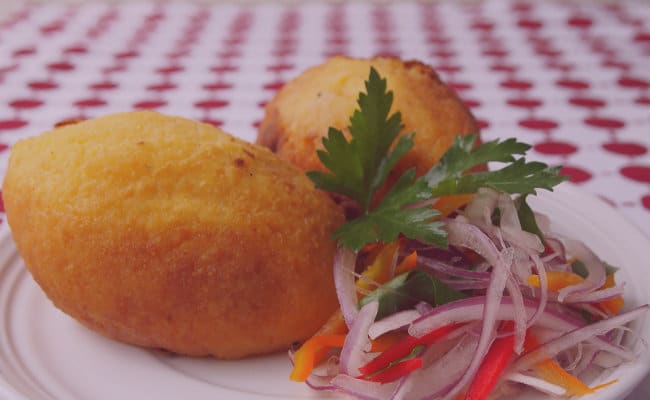
In Peru gastronomy is one of the most varied, which has the greatest number of typical dishes and is also sincerely delicious; since among it it is possible to find an incredible cultural combination of elements of antiquity such as the Incas, the Amazon, Spanish and Africans in combination of Italians, French and Japanese.
Among the most outstanding dishes we can find the stuffed potato (meat, onion, olives and egg), the chicken chili (cream, broth, plan and chicken), cause (potatoes, lemon, chili, spices and sometimes tuna) and ocopa (milk, cookies, cheese, peanuts, onion, garlic and chili).
Dances or dances

Peruvian folklore is characterized by its skillful ability to make music and its Spanish origin, which again provides more diversity to the culture of Peru. For example, there are three typical dances that are usually practiced in this territory: the zamacueca, the celebration and the huayno.
The first is popular in the Andean region; while the second (El festejo) is the most representative of the country and is of Afro-Peruvian origin. The latter is more than all the most used dance in the area of the Peruvian Andes, so this dance is normally practiced in every celebration of a festive nature.
Crafts
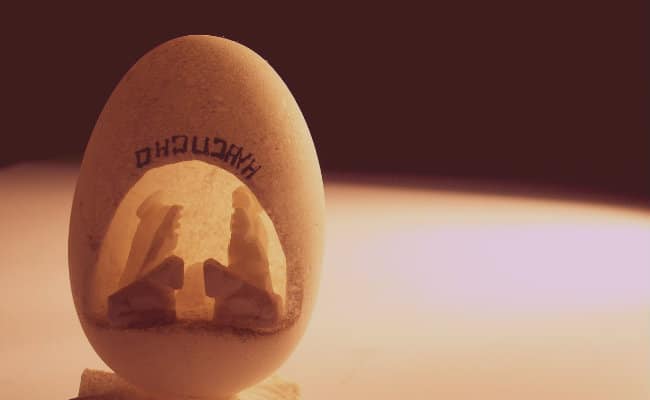
It is also one of the most varied, creative, functional and colorful handicrafts in the world, since the ancestors of Peru carried out this activity with total success, regardless of the material. Among the most representative works of Peru are the chipped mates, the Huamanga stones or the baroque carved in wood.
Some traditions of Peru
- The use of weaving is a tradition of Peru, since these have made it much easier in the future to recognize the culture to which the settlers belonged. Women in Peru tend to weave since pre-Hispanic times and many of those designs are truly incredible.
- In the month of October, the blacks who dance in the feast of the Lord of Mercy or in some other religious festival, celebrating the last Sunday of the month. However, the men who are part of the brotherhood wear white at Easter.
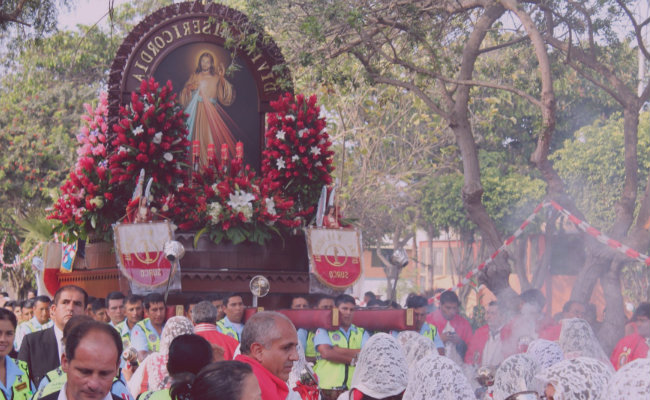
Various customs of Peru
- At Christmas, the night is usually celebrated on December 24 to wait until 12 at night and thus have dinner, congratulations and give gifts. In addition, they usually eat baked turkey or suckling pig, chocolate hot, applesauce and panettone.
- In many Peruvian churches a mass called "La misa del gallo" is celebrated at 10 pm on December 24.
- In Carnival it is very common for the inhabitants of the towns to go out to dance and sing the warrior song. On these dates spicy lamb broths are prepared, it is celebrated on Ash Wednesday and they are covered in many colors.
The Inti Raymi festival
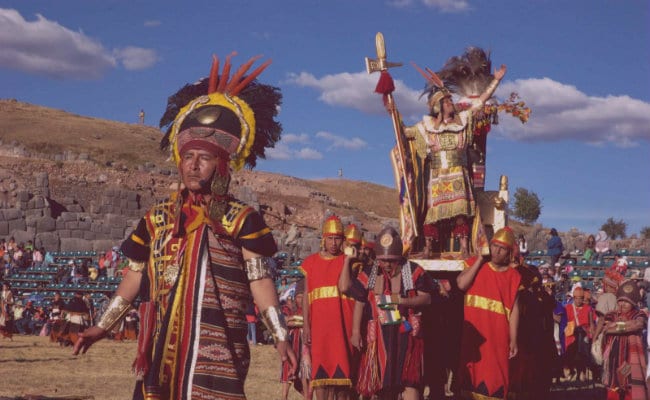
It is a celebration of the traditions and customs of Peru that takes place every June 24 of each year in the Plaza de Armas, which is located in the city of Cusco; where people go to the Fortress of Sacsayhuamán and the activity is carried out by the Inca.
Marinera Festival
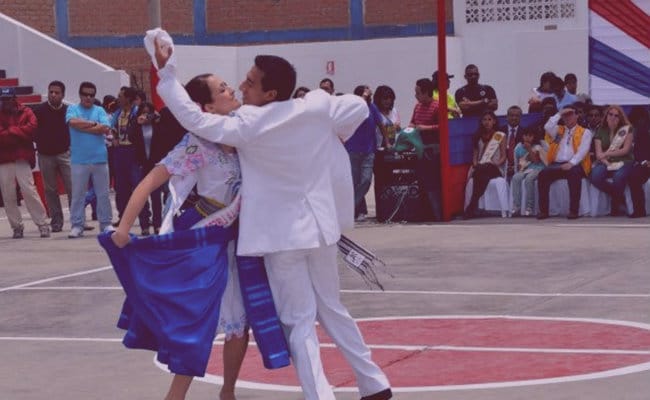
It is celebrated on the dates from January 20 to 30, where a large number of people participate regardless of the age of each one. It takes place in Trujillo.
In this, the dances demonstrate with their movements the agility of the women and the courtship of the man, which together form an elegant couple dance.
These were the customs and traditions of Peru that we wanted to introduce you to, whether you are going to travel to that country or simply learn about its culture. Do not forget to share the entry on your social networks if you liked it, as well as leave a comment in case of doubts or want to contribute more traditions / customs of this wonderful country.
I want D'armes de baba and I don't know how !!
I want to unsubscribe from recursos de autoayuda!!
I want self-help publications, not this nonsense that does not serve me!
Shut your mouth
f
That they have those customs are beautiful or. I would love to eat Peruvian food that I do not stop having those customs
Look, I don't know what country you will be from, but to say that to me is an offense, I am Peruvian, if I know why I would have to search these pages if I am Peruvian, because I do not know them and even if I do not know them, that you say that on a page is an offense to my customs that what the boy has written is very good and you do not have to say that they are stupid things that do not work so before you comment think about what others are going to think or what they are going to feel since that in my case it offends me and too much.
Hello, I love that you publish those traditions and customs of our various countries. Likewise, as a Spanish faculty at a university and as a Peruvian (I am from Lima) I would like to ask you to change into Danzas o Bailes, Zamacueca for Marinera. La Zamacueca is Chilean, not Peruvian. In Peru we have two types of sailors, both from the coast: (1) the northern sailor from the Trujillo region, who is very cheerful and dance without shoes. (2) the Lima marinera, typical of Lima, is very classic and elegant and is danced with heels. In the Andean zone, the Huayno or Huaynito is danced, which differs according to each town. It doesn't look like the sailor at all. Afro-Peruvian music, including the Festejo, is of Afro origin and is very happy too, and of course, it is danced on the coast. We also have tribal music that originates in the jungle of our Amazon, and it is very light and cheerful. These four dances are different from each other, and typical of a region. We have three marked areas: the coast (at the level of the Pacific Ocean), the sierra (Andes mountain range) and the jungle (Amazon).
Hi! As a Peruvian and a member of the Spanish faculty of a university, I would like to ask those who publish and edit this wonderful page if they would please kindly change two things. The first is in the part of the dances. Zamacueca is not danced in Peru. The zamacueca is Chilean, while the MARINERA is Peruvian and of coastal origin. There are two sailors, one from the north, from the Trujillo area and is extremely cheerful (dance without shoes), and the other is the classic Lima marinera (elegant and dance with heels). AFRO-PERUVIAN music is also of coastal origin, and that music includes El Festejo, apart from the Landó. The HUAYNO is ONLY from the sierra or Andean zone and is danced in the festivities of the sierra, not on the coast. There is also TRIBAL music, which is from our Amazon and is very happy and rhythmic.
The second correction is the Into Raymi party. This festival is celebrated starting in the Koricancha Palace, then in the Plaza de Armas of the city of Cuzco (the Cathedral of Cuzco is also there) and ends in the fortress of Sacsayhuaman. Lima, the capital, also has a Plaza de Armas where the Cathedral of Lima and the Government Palace are located. Please do not say that Peru has only one Plaza de Armas and that it is located in Cuzco.
I'm Venezuelan, I don't like Peru at all
you don't like it now almost everyone from your country comes out of necessity